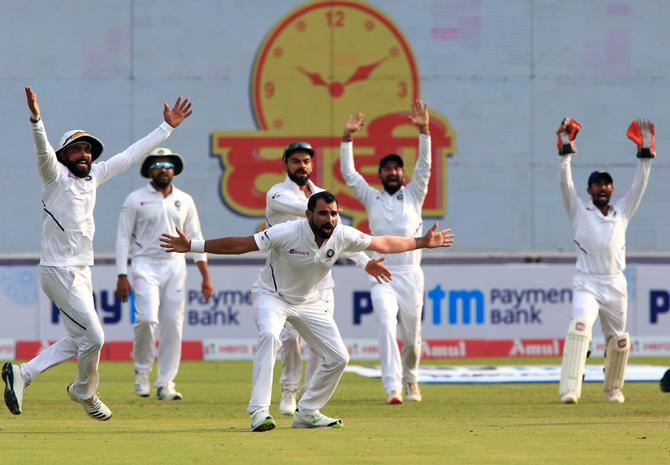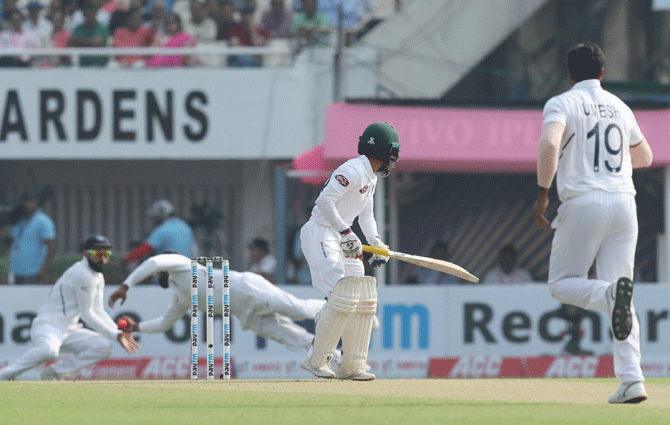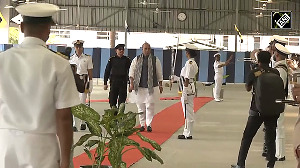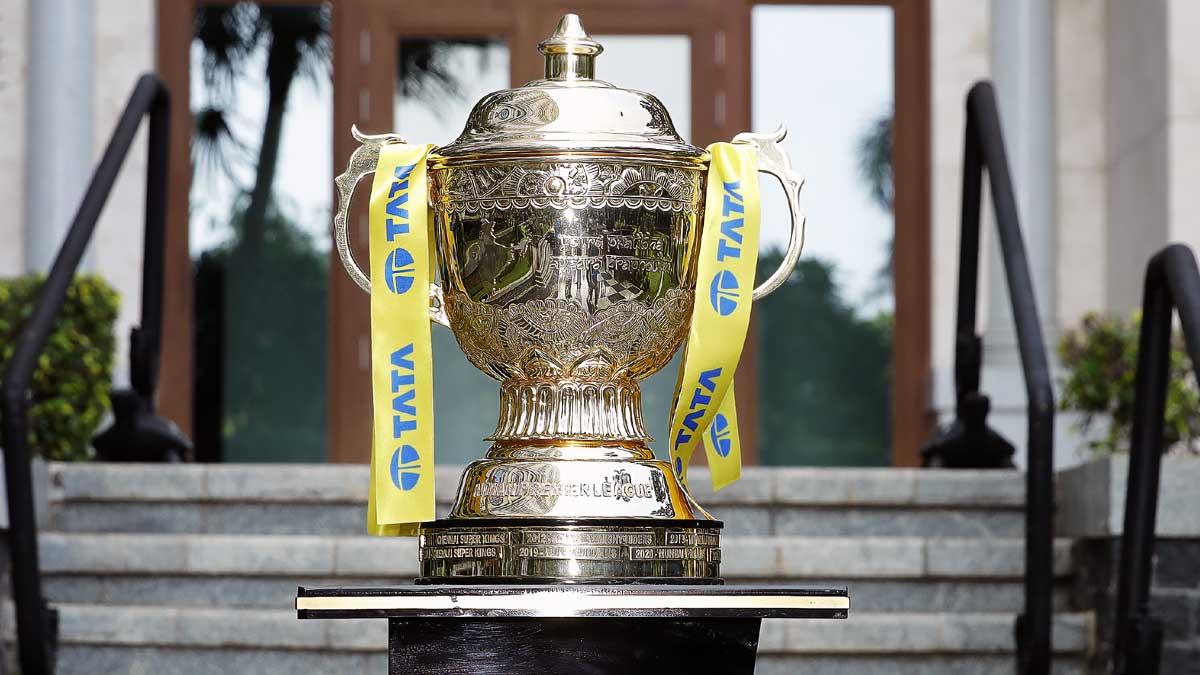What has changed to make our team so much more lethal, asks Aakar Patel.

I was watching bits of the match that India is playing against Bangladesh in Indore. At some point I switched off because it was too boring.
That is to say, India was dominating totally as has been our team's wont in the recent past. There was a statistic on the screen that said that we had won something like our last dozen or so series at home, which was a record.
But I am not referring merely to our capacity while we play on the dirt tracks in India (though on recent evidence it appears that this is changing and our pitches seem to be getting more bouncy).
We also have a very fine record abroad and the last year especially, where we took on the three toughest teams -- Australia, England and South Africa -- on their soil is testament to this.
I said I switched off because the drubbing of Bangladesh was predictable. But in earlier times, I would switch off because we were the ones getting beaten and that was also pretty predictable.
As someone who began following cricket four decades ago, my reference point is the Indian team of Sunil Gavaskar and Kapil Dev and the spinners.
They were all great players, but the team did not perform in the way that was expected of a squad bearing such great names.
They usually lost and especially so when we were going up against the best teams of that time, by which I mean West Indies and Australia.

A little after this, say about 25 years or so ago, India began to put together a more competent side, especially on the side of batting.
Beginning with the entry into the team of Sachin Tendulkar (in 1989) and then the gradual addition of such players as Rahul Dravid, Sourav Ganguly, V V S Laxman and Virender Sehwag, India became a force in world cricket. However, it wasn't quite the dominating machine that it has become today.
I hope I am not revealing too much of my nationalism when I say that we are only a little bit short of the Allan Border Australian side of the 1990s and the Clive Lloyd Windies side of the 1980s in the way that we today strut about the world, putting the fear of god into the opposition.
So what has changed to make our team so much more lethal and can this be broken down into elements that can be understood? I think so and am listing the relevant ones here.
The first is the level of fitness in the cricketers. Gavaskar speaks of a fielder 'escorting the ball to the boundary'. Meaning someone jogging along and making little effort at desperation. The want of effort was mainly a want of fitness and training.
Against the same batsmen and with the same bowlers, India's fielders can today probably save at least 50 runs more per innings as opposed to our teams of the past. That can swing many a tight game.

The second place where fitness shows is the running between wickets. Of course, it was the case that we had some pretty good runners before, but not with the sort of pace and consistency that we have today.
Batsmen from India today can hold out and keep scoring and running with much more efficiency because of heightened fitness.
The third place, again in some way peripherally linked, is the fast bowling attack. I was not surprised to be told by the commentators at a match in England last year that the four Indian fast bowlers were each of them quicker than the four English pacers.
This was probably the first time that such a thing had happened to an Indian team but it certainly won't be the last.
The fourth thing is the quality of assistance that the team receives in terms of coaching, training and recovery. All three being equally important.
Coaching refers to the way in which specialists help out with batting and bowling and keeping, looking and refining technique.
India's ability to pay large sums of money to such people makes it the most attractive team to work for in this field.
Recovery is important in a five-day game for obvious reasons and physiotherapists were not part of the touring team in Gavaskar's time.
This bringing in of outside professionals has ensured that India has access to the most advanced thinking globally on the subject and while this has not been focussed on with the same level of scrutiny as the quality of our players, it is just as important.

The fifth thing is the Indian Premier League and the professionalism it has brought in. By this word I mean a sharp focus on what the individual has to do for the team in specific circumstances, which are quite fluid.
I am not being overly critical when I say that India's players have often played with a level of selfishness that is unusual. And to be honest, this is also because such behaviour is tolerated in India if not actually encouraged.
Ian Chappell once observed that the Indian spectator was happy if Tendulkar got his hundred even if the team then went on to lost. This would be totally unacceptable to the Aussie fan, Chappell said.
I think the anecdotal evidence shows that this has reduced to some extent with our team. The annual presence of the IPL and the relentless focus on winning has had a big hand there, no doubt.
Lastly, the large sums of money being paid to cricketers also has ensured that very high-quality talent has come into sport from the middle class. Again a story from Chappell here would be appropriate.
He was touring India in the 1960s in Richie Benaud's squad at a time when cricket was not well-paying and the BCCI not particularly wealthy.
When the Australians came back from practice, Chappell said, they found that cats had broken into their hostel room and were drinking the milk left behind by the team. Many of the players, if I remember the anecdote right, were deeply disturbed by this.
Today, of course, the players get five-star treatment and many of India's players are wealthy as Croesus. Few of us would grudge them this, given how boringly good our team has become.
Aakar Patel, who steps down as executive director, Amnesty India on November 30, writes on a wide range of topics, and often about cricket he has watched for 40 years.














 © 2025
© 2025